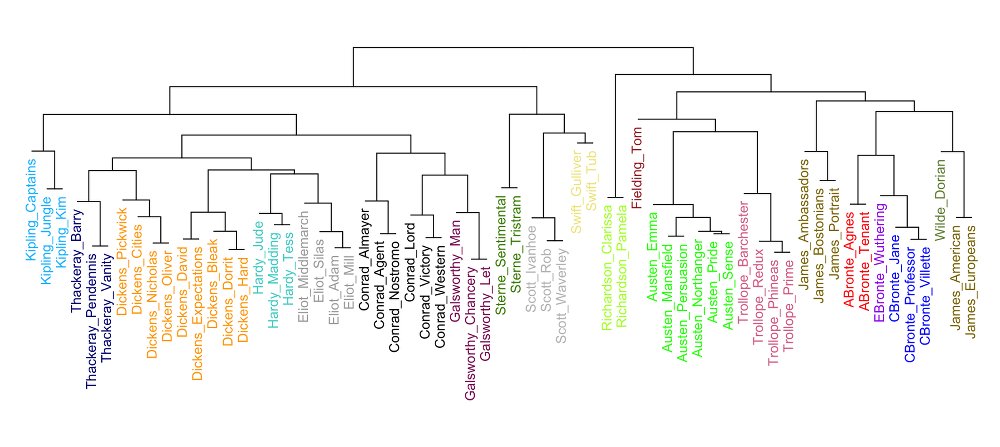By the end of this unit you should:

Read:
Everyone is different. We each have DNA profiles that are unique to us although they are very similiar to our parents, siblings (brothers and sisters) and offspring (children). Many off our physical features are unique. In the criminal system, the most commonly used feature is fingerprints. Each fingerprint comprises many unique features, creating an infinite number of permutations. Other physical features that are unique are our eyes (specifically the pattern in the iris), ears (the shape of the lobe) and tongues (bumps and ridges).
Our speech patterns are also unique both in terms of speech production (sounds) and the lexical and grammmatical choices (words). This course focusses on written language, and so let's consider the lexical and grammatical profile of your language, your idiolect. We will focus on linking words, punctuation marks and letter case. There are two letter cases, namely lower and upper case. Upper case letters are also called capital letters
Check your usage of the following markers (language features) in your written English. Your written English is the English you write without any help from dictionaries, grammar checkers, etc. Use the following scales and questions. Write your answers down.
Occurence scale
Do you ever:
Frequency scale
How often do you use the following:
Write your answers to the two questions above as a string of 23 characters. e.g. AAPAPPPAAAPPPP54533542
Try to find someone with the same language feature profile.
As English is (probably) not your mother tongue, and many of you share a similar language learning experience, it is possible that with just 23 language markers, you may find someone with a similar profile. However, if the number of language features doubles or triples, the possibility to find someone else with the same profile decreases dramatically.
Watch and listen to this basic introduction to the R package Stylo by its creator Maciej Eder (12 min 47 sec).
He gives a demonstration of its use on a Mac. First, you need to install R. Then, he explains how to:
library(stylo)setwd("yourfoldername")stylo()Stylo creates a dendrogram plot, which makes it easy to see the different clusters that are created. The closer the cluster is on the dendrogram plot, the more similiar the language features between the clusters. His first demonstation uses Cluster Analysis while the second demonstration uses Multidimensional Scaling (MDS).
Watch and listen to this introduction to the installation process for the R package Stylo by its creator Maciej Eder (8 min 06 sec).
Watch and listen to this introduction to the basic parameters that you can use in the R package Stylo by its creator Maciej Eder (18 min 46 sec).
Work in your Trello teams. Identify the authorship of the questioned dataset using the R package Stylo. This dataset can be used with Stylo. The team leader (i.e. first person listed on Trello) should submit the R code and a PDF of the results of your analysis via ELMS.

Source: Maciej Eder
Make sure you can explain the following in simple English:
Running count: 54 of 60 concepts covered so far.